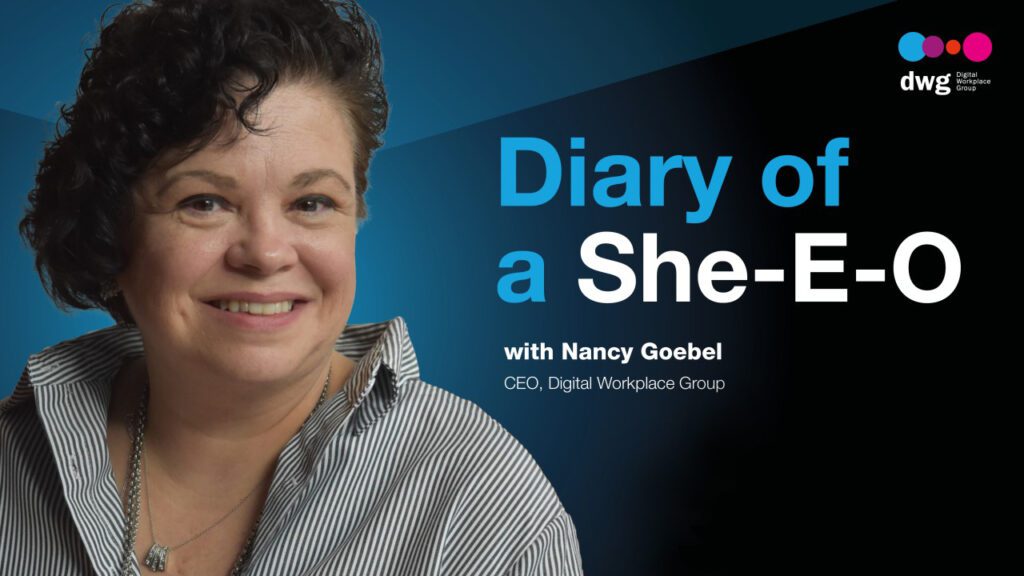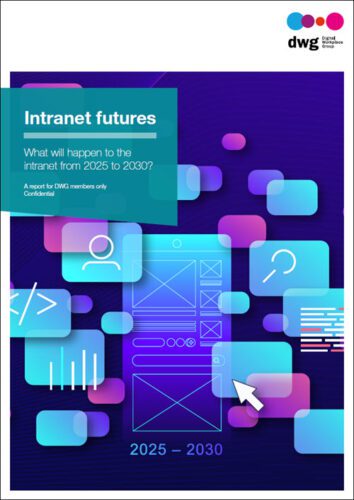Ponderable of the day: How do you overcome resistance in the face of change?

Dear Diary.
Earlier today, I was asked to weigh in on a LinkedIn question: Developers are pushing back on your information architecture (IA) structure changes. How do you overcome their resistance in the face of change?
I immediately started journaling my answer when I had a light bulb moment. Overcoming resistance is too little, too late, and too costly. And this doesn’t just apply to IA changes. It relates to a great many things in our world.
What’s needed instead is a framework from the start of the journey that will bring people along with you. Here is my answer: Start with three foundational questions.
Q1: What causes resistance from your audience? (These are your blockers. Often the resistance is as a result of emotions carried from previous experiences. Unlocking the blockers is the gateway to buy-in and to relevant solutions.)
Q2: What’s in it for them? (These are your levers. These are the factors that will motivate people to come on the journey and embrace something new on the other side.)
Q3: How is this effort supporting the organization’s goals? (Articulating the context and purpose behind your effort is essential. If you aren’t clear and crisp about that, you can’t expect your audience to connect the dots.)
From there, it is important to use these insights to inform every step of your change enablement process: use cases, design and development, testing, messaging, rollout, measurement and support systems.
Your roadmap for the change flywheel
Your roadmap for change should be grounded in the answers to the three starter questions plus the experiential data collected along the way.
Engage your audience in user research: It is imperative to understand how they work to uncover their friction points (barriers to efficiency and effectiveness) because these are the root of the resistance: sentiment + perception (Q1). This process will also give you important cues for future communications and ideas for delivering additional value (Q2 and Q3).
Now that your user research is complete, you can develop a programme designed to engage your users at all stages, drawing on the collective insights derived from the research, your answers to Q1–Q3, and any new feedback gathered along the way.
- Test and learn as you develop the solution: Engage employees early on to show that their input matters. This will reduce resistance and shows that you are addressing their needs. Testing during design and development is more efficient and effective than retro-fitting something on the back end.
- Engage them in pre-launch activities: Show how the feedback was used, what’s next, and how to track progress.
- Tailor launch messaging to your audience: Base messages on their feedback, speaking their language to build trust, motivate and link their benefits to business priorities.
- Offer a support system: Provide training, mentoring, office hours, example lookbooks and playbooks for advanced practices.
- Use data to inform your success measures: Demonstrate improvements in sentiment, perception, efficiency and effectiveness to build credibility and support future investments.
Once the programme is established:
- Give yourself a stretch goal: Create a leader board to understand who is excelling among your key audience segments. Mine their good practices. Celebrate them. Add them to your lookbook and playbook. Determine what they need next. For those who are middling or trailing, understand the root causes. Create a gap remediation plan to help them along. Consider whether you need to add a community to your support system.
- Rinse and repeat with successive efforts: Whether it is for successive project phases or a rolling programme, dust off this roadmap, add to it and make it your own. Hopefully, you will even pay it forward with a “Yes, and…” article of your own.
Summing things up
On the surface this may feel like a lot of overhead. To me, it is all about what my father, a civil engineer, often said when working on house projects: “Measure twice. Cut once.”
Translation: They won’t just sign up at the end because you said so. “If you build it, they will come” is a fictional tale told as part of a film. It is also far more costly to try to bring your users along at the end. That’s when you will face the greatest resistance and realize that what you’ve built isn’t fit for purpose. These back-end fixes will be among the costliest you will ever make. What’s more, you won’t instill confidence or cooperation for future endeavours. Both are a hefty price to pay.
This article is about shifting your mindset before you embark on creating a change enablement roadmap for others – one that is grounded in removing blockers while creating relevance, enduring change and collective impact. It is imperative that you bring people along every step of the journey.
It is far better to involve your ‘users’ from the very start, so that you lead with tangible and relevant data and a collaborative approach.
Upcoming research
Also relevant to preparing for change, look out for DWG’s upcoming research on the AI-ready workforce. Elizabeth Marsh, Director of Research at DWG, is authoring this research, which will investigate the current state of AI literacy in the workforce, explore the specific skills and competencies needed, and set out approaches to addressing gaps and weaknesses. It will also look at how AI literacy fits into a bigger picture of digital and data literacy, and the need for organizations to support staff across these skills areas as they introduce new technologies.
——————————————
Categorised in: → Diary of a She-E-O, Change management and adoption
